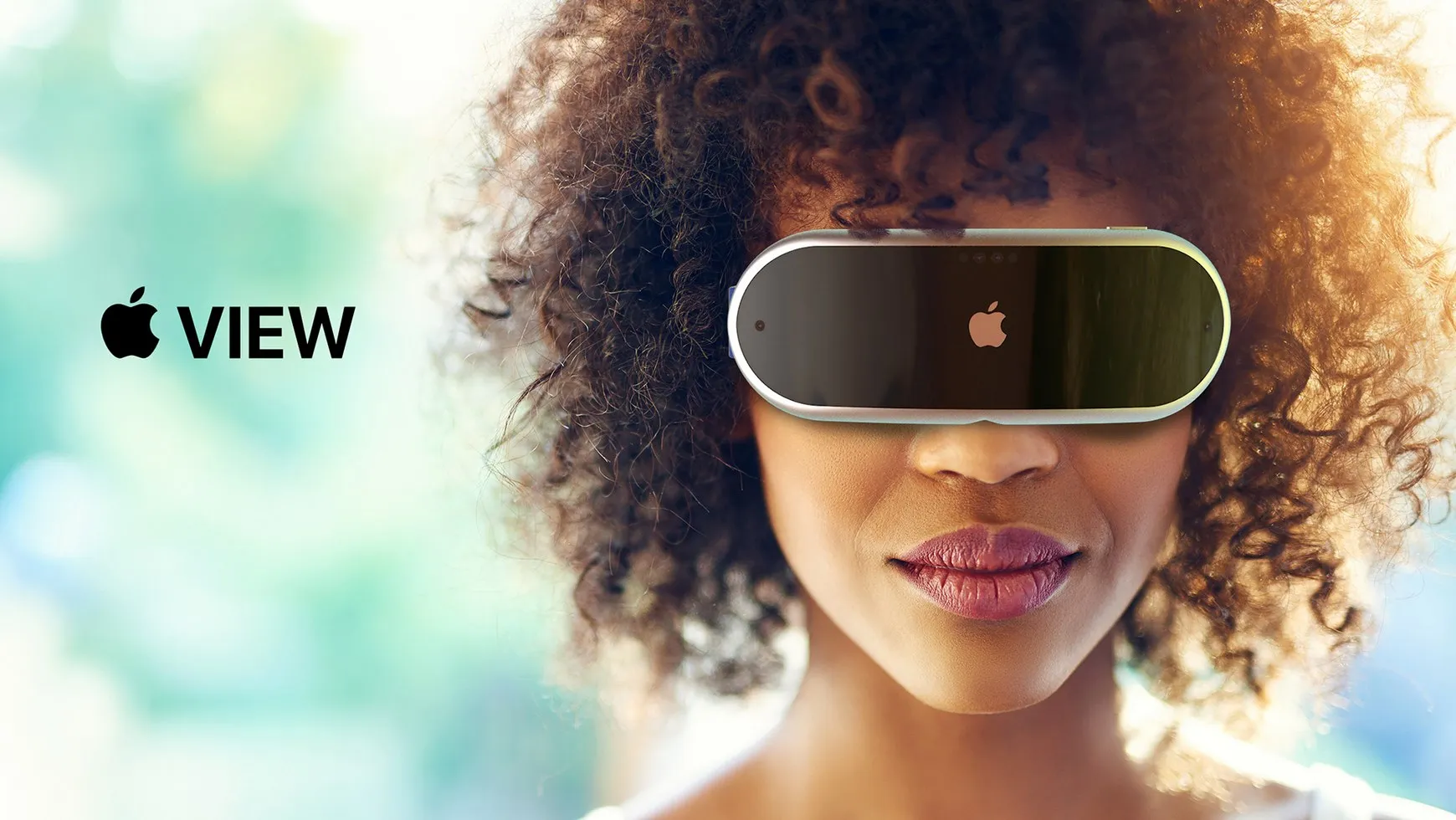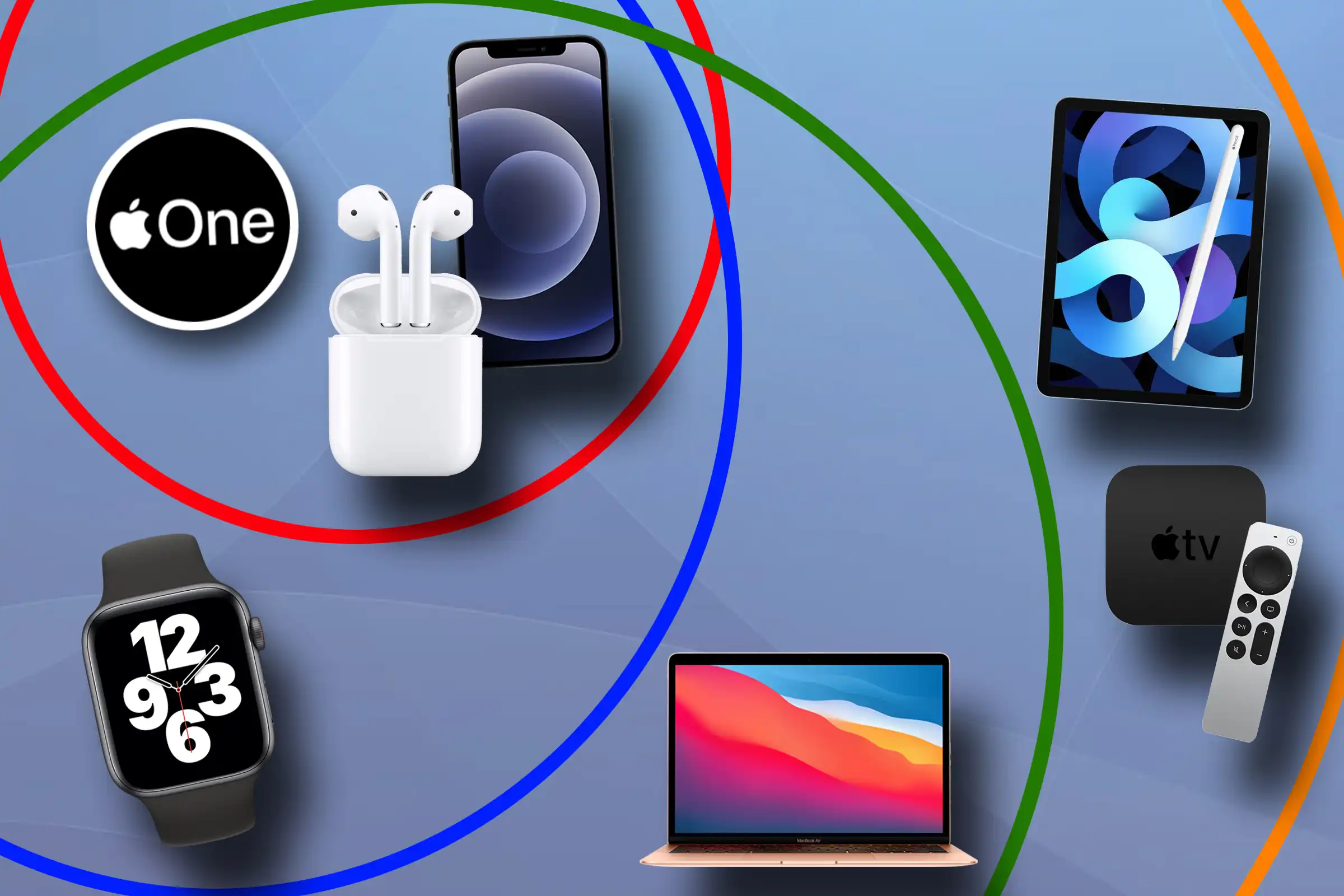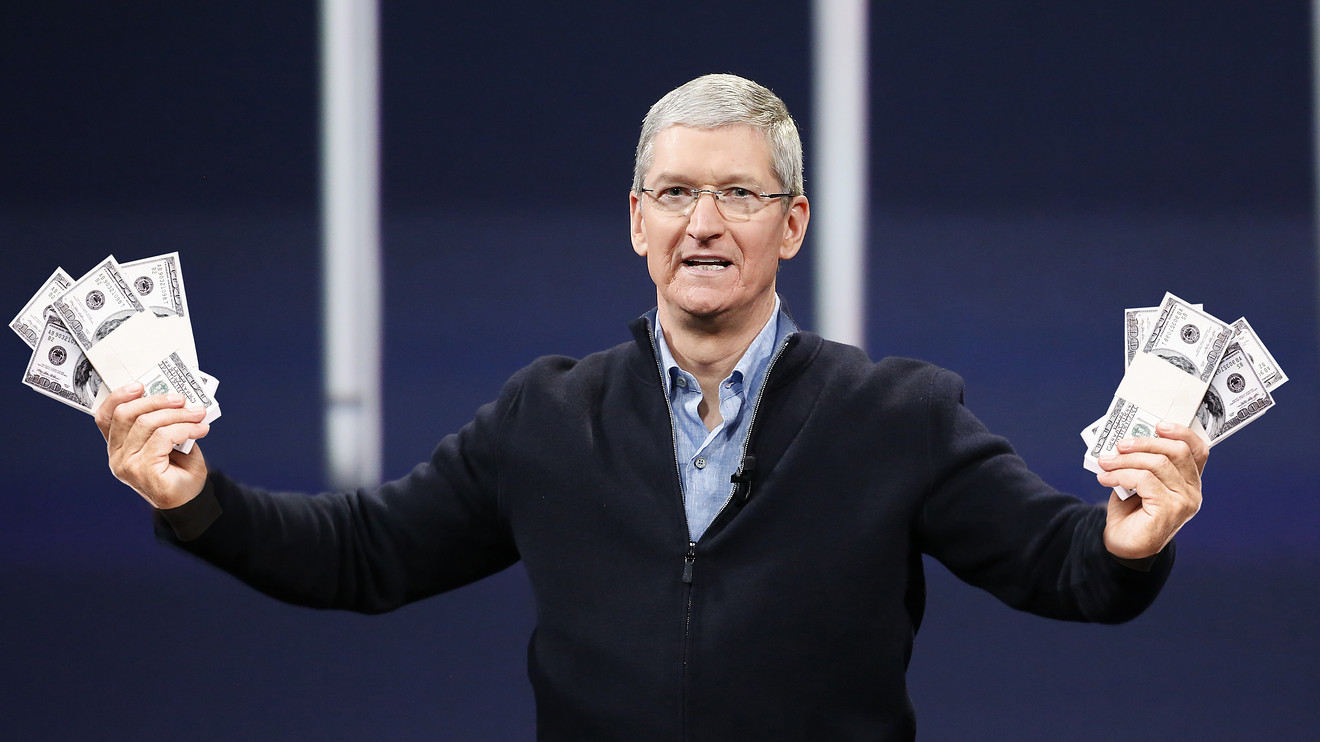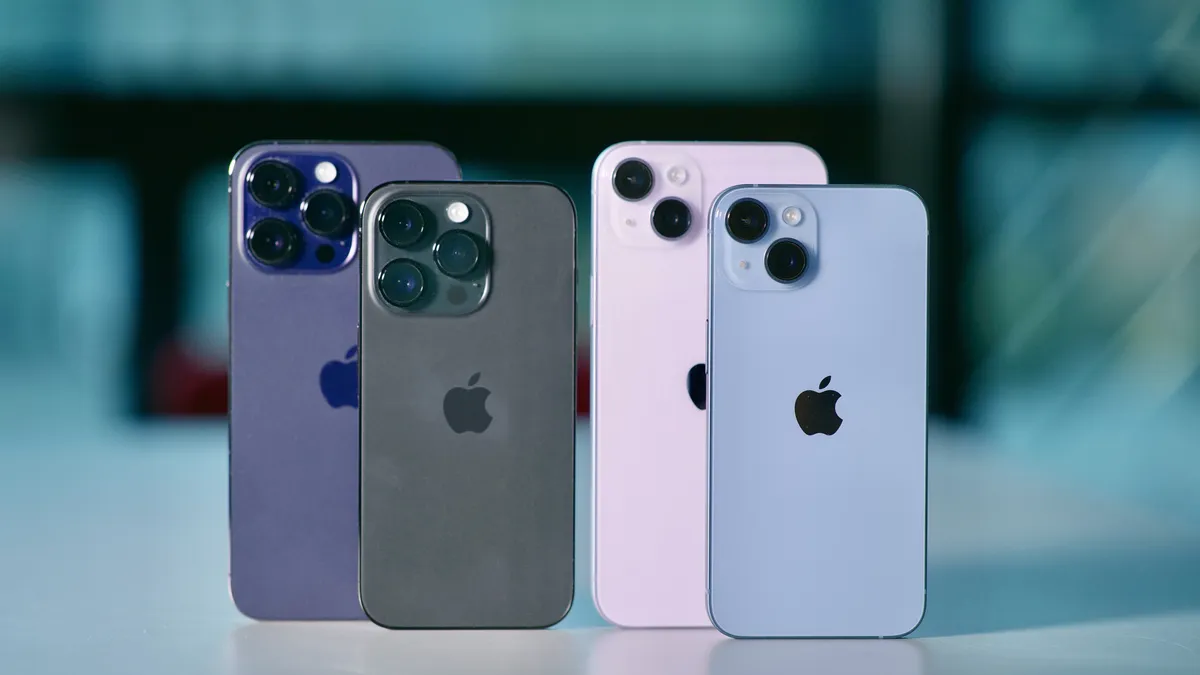Apple has decided to stop working on augmented reality (AR) glasses that were meant to work with the Mac, according to Bloomberg’s Mark Gurman. The idea was to make glasses that look normal but could show AR images.
Apple wanted these AR glasses to be powered by the Mac because the glasses themselves couldn’t hold the big chip needed for AR without getting too hot or heavy. The goal was to have the glasses perform like an iPhone but use much less power. But, they found out that connecting the glasses to an iPhone wasn’t practical due to battery life issues, so they tried using the Mac instead. However, Apple’s leaders didn’t think this was a good long-term plan, so they ended the project.
These AR glasses were lighter than Apple’s Vision Pro headset, didn’t need a head strap, and didn’t show the wearer’s eyes on the front. They also had lenses that could change color depending on what the user was doing, like signaling to others whether they were busy.
Apple has been talking about AR glasses for nearly ten years, but the technology isn’t there yet for the kind of glasses they want. Back in 2023, Gurman mentioned that the AR glasses were somewhat of a running gag among the team, working on it just to keep CEO Tim Cook satisfied. In 2017, Cook admitted that the tech for good-quality AR glasses didn’t exist, and it seems that’s still true.
Even though they’ve stopped the glasses project, Apple is still working on new versions of the Vision Pro, hoping to return to the AR glasses idea when the tech catches up. The glasses were supposed to use tiny projectors to show images and videos to the wearer, and Apple continues to develop special microLED screens that could be used in future AR glasses.
Meanwhile, Apple’s competitor, Meta, is making its own AR glasses called “Orion,” which are still in the early stages and very expensive to produce. They’re planning to launch them by 2027, the same year Apple had originally aimed for its now-canceled glasses.








